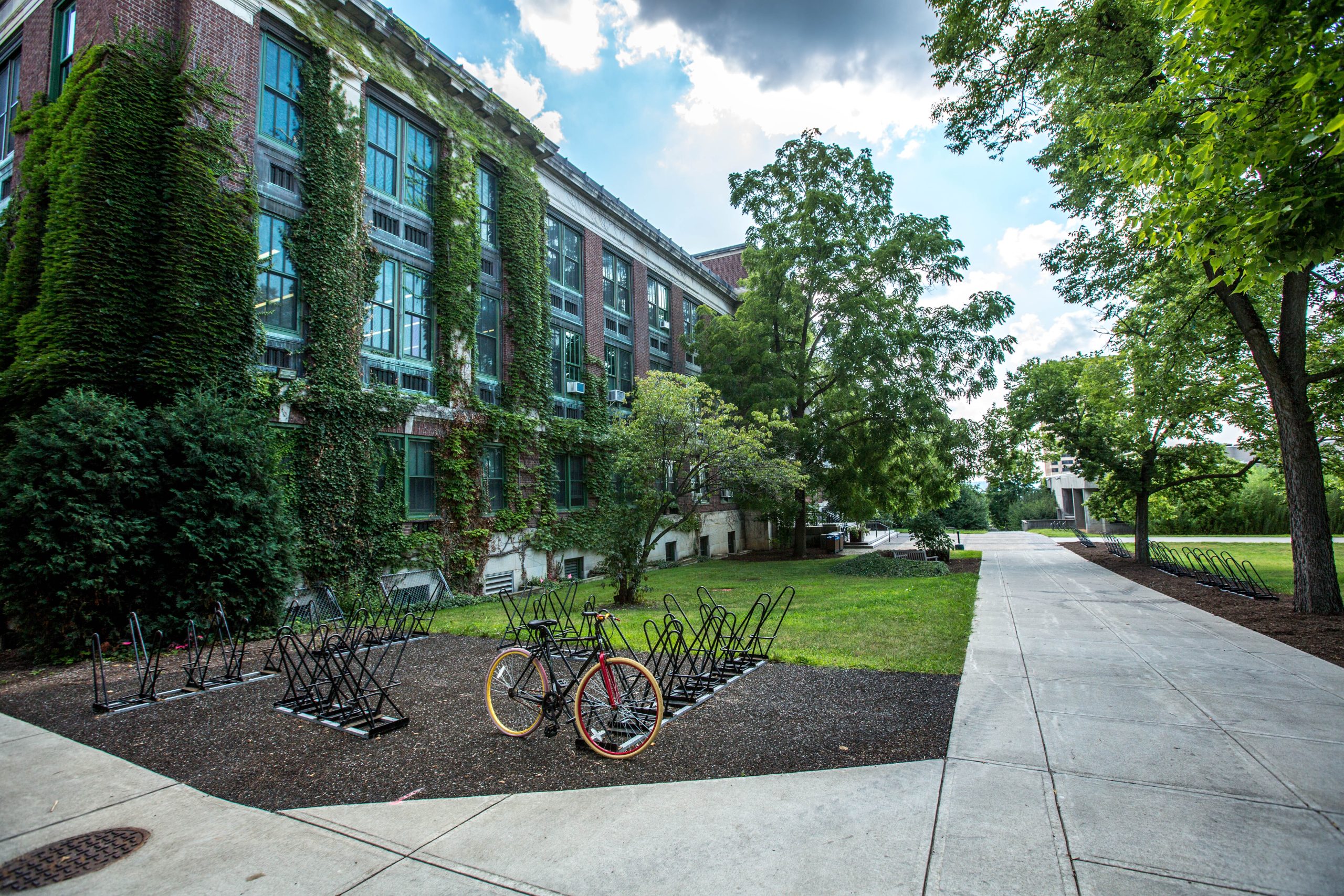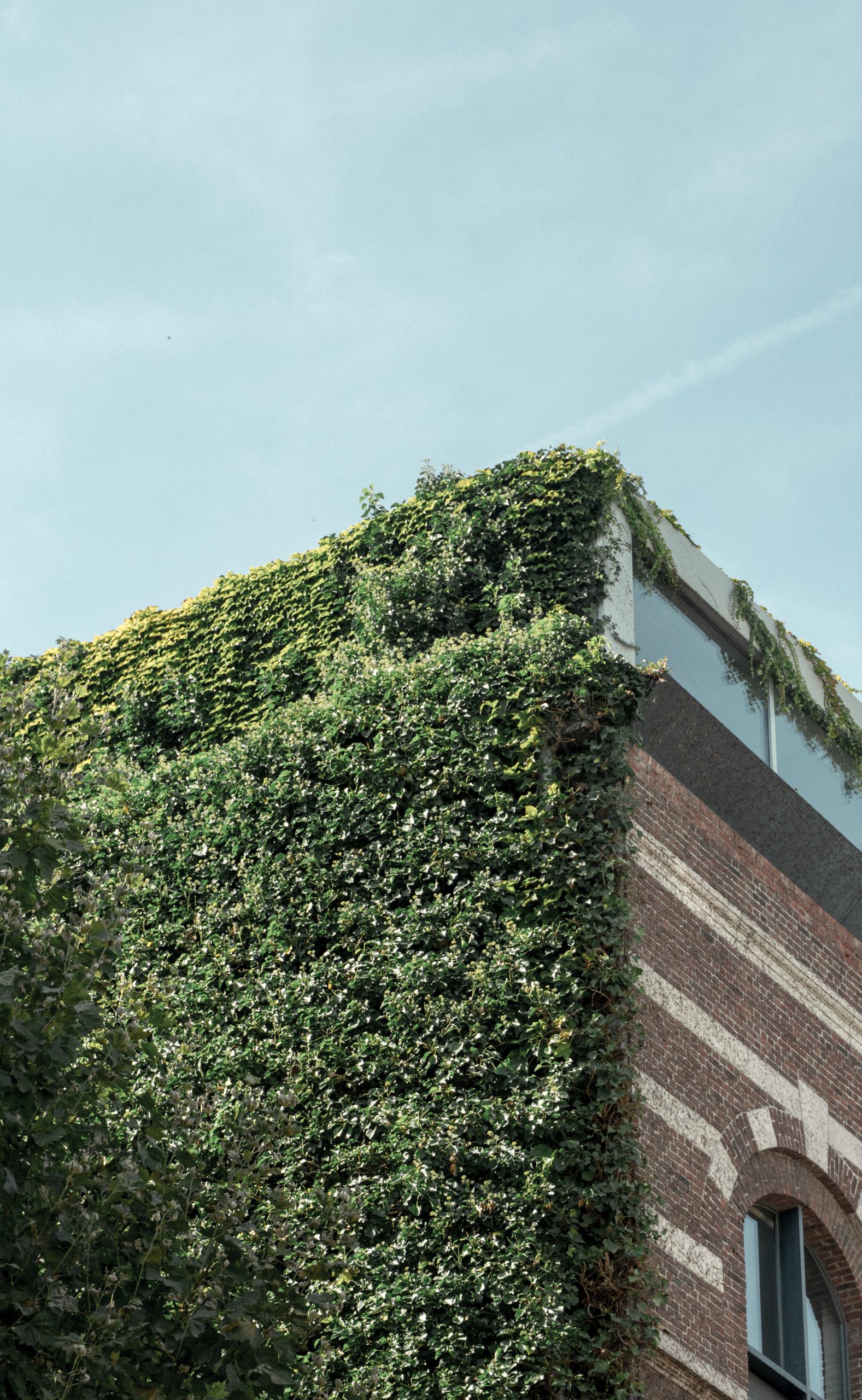
Moss cement, also referred to as biological cement or eco-cement, is an innovative construction material that integrates moss growth into the cement matrix. This unique combination of living organisms and conventional building materials offers a myriad of benefits for the environment and the built structure alike. One primary advantage of using it is its ability to capture and store carbon dioxide from the atmosphere, effectively reducing our carbon footprint. Additionally, the presence of moss helps to insulate buildings and promote natural biodiversity, making it not only a visually appealing option but an eco-friendly one as well.
How does it work to Capture Carbon Dioxide for the Environment?
It functions as a natural carbon dioxide sink, contributing significantly to the overall reduction of greenhouse gases in the environment. The incorporation of moss into the cement matrix facilitates the process of photosynthesis, whereby the moss absorbs carbon dioxide and converts it into biomass within the building structure. This biomass acts as a long-term storage solution for the captured carbon dioxide, sequestering it away from the atmosphere. Consequently, the use of it in construction projects presents a viable option for mitigating the detrimental effects of climate change while promoting sustainable building practices.
what are the components of moss cement?

To better understand the makeup, it’s essential to explore its key components. The primary ingredients are Portland cement, water, and specific species of moss that are known for their CO2 absorption capabilities. These ingredients are combined in specific proportions to achieve optimal performance and desired textural properties in the end product. By incorporating moss into the cement matrix, not only is a visually appealing result obtained, but also a significant stride is made towards creating an eco-conscious, sustainable construction material.
A brief history of Moss cement
Moss cement, as a novel construction material, has an intriguing history that dates back to early experimentation in bioreceptive building materials. Researchers recognized the potential of incorporating living organisms such as moss into traditional construction elements such as cement, aiming to improve sustainability and reduce the carbon footprint of the built environment. As these efforts gained traction, the development and refinement of it continued, eventually leading to the innovative, eco-friendly material we know today. Over time, it has increasingly become a sought-after option for designers and builders who prioritize minimizing the environmental impact of their projects while also creating visually stunning structures.
Conclusion: Embrace the New Era of Sustainable Building Materials
It’s a cutting-edge sustainable building material, is a fusion of traditional cement components and living moss, providing both structural strength and environmental benefits. By integrating this innovative material into future construction projects, architects and builders can contribute to a greener and healthier urban environment. Not only does it offer visual appeal and support biodiversity, but it also reinforces our commitment to reducing the negative impacts of construction practices on the planet. As we continue to strive for a more sustainable future, embracing materials like moss cement ensures that we are moving in the right direction, pushing the boundaries of traditional construction and paving the way for a new era of environmentally responsible building solutions.
You can consult our group of experts if you need more information on the use of moss in cement and its application in your household.
